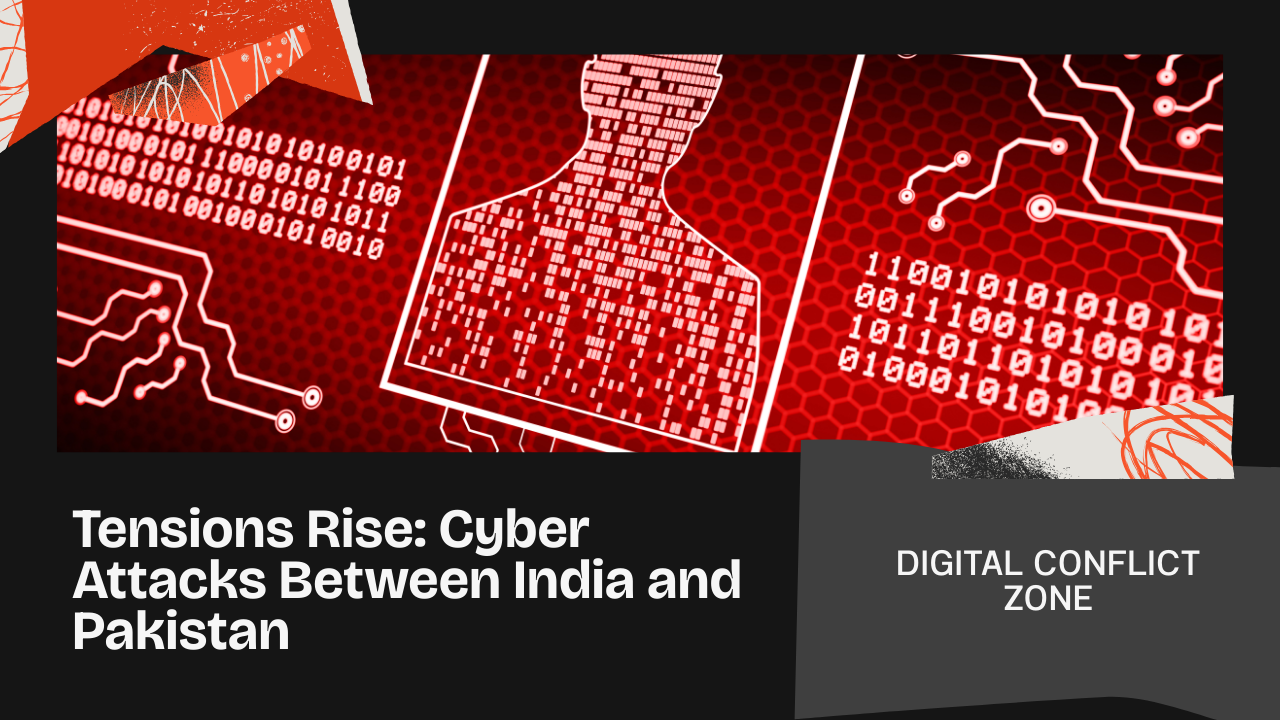
Introduction
Pakistan Cyber-attack Against India has emerged as a pressing national security concern amid escalating tensions along the border between the two nuclear‑armed neighbors. As digital threats escalate, both governments and private sectors are scrambling to shore up defenses and inform the public. Understanding the scope of the Pakistan Cyber-attack Against India scenario requires analyzing threat vectors, official advisories, and individual safeguards.
Understanding the Threat
Cyber attacks originating from Pakistan have targeted Indian defence websites, defacing portals and exfiltrating sensitive personnel data. Groups claiming affiliation with Pakistan—such as “Pakistan Cyber Force”—have boasted about breaches within the Military Engineer Services and defence think tanks. Additionally, state‑backed threat actors are believed to be preparing advanced malware and ransomware campaigns aimed at critical infrastructure nodes across India.
Analyzing the Pakistan Cyber-attack Against India Threat Vector
The most prevalent tactics include distributed‑denial‑of‑service (DDoS) assaults on public portals and exchange platforms, seen in advisories warning of DDoS campaigns targeting critical sectors. Phishing and malware‑laden SMS or email campaigns have surged, with depository participants alerted to increased risk of phishing and system‑breach attacks Business News Today. Such threat vectors can paralyze operations, compromise data integrity, and enable subsequent ransomware extortion.
Pakistan Cyber-attack Against India: Official Advisories and Alerts
The Indian Computer Emergency Response Team (CERT‑In) has issued multiple advisories urging stock exchanges and financial institutions to bolster defences against targeted campaigns The Tribune. The Bombay Stock Exchange (BSE) echoed this warning, urging members to conduct rigorous risk assessments and reinforce security controls The Economic Times. Banks like Punjab National Bank have created 24‑hour “war rooms” to detect and neutralize threats in real time The Financial Express.
In parallel, Pakistan’s National Cyber Emergency Response Team released an urgent advisory in Islamabad, warning of potential Indian‑origin cyber incursions following recent military strikes Aaj English TV. Pakistan’s major exchanges and telecom operators have also tightened security protocols to guard against retaliatory hacks The Express Tribune.
Historical Context of Cyber Tensions
India and Pakistan have engaged in episodic cyber skirmishes since the mid‑2000s, including the 2009 intrusion into India’s power grid attributed to Pakistan‑based groups.. Subsequent breaches—such as the 2016 compromise of meteorological and defence networks—demonstrate the enduring nature of this digital rivalry. Each flare‑up on the ground has been mirrored by escalations online, making cyber preparedness a permanent element of bilateral security calculus.
Precautionary Measures for Individuals and Organizations
- Update and Patch: Keep all software, operating systems, and applications current to close known vulnerabilities.
- Use Multi‑Factor Authentication: Deploy two‑factor or biometric authentication for critical accounts, especially email and financial portals.
- Be Wary of Unknown Communications: Do not click links or download attachments from unverified SMS or emails—this aligns with public advisories to avoid unknown messages.
- Monitor Official Channels: Rely on government and CERT‑In releases rather than social‑media rumors for threat updates.
- Institute Incident Response Plans: Organizations should simulate breach scenarios and maintain clear communication protocols to contain potential cyber‑attacks.
Conclusion
The specter of a Pakistan Cyber-attack Against India underscores the evolving frontlines of modern conflict, where digital systems are as critical as physical battlegrounds. While official advisories and bolstered defences offer resilience, individual vigilance and organizational preparedness remain indispensable. By understanding the threat landscape, heeding advisories, and adopting robust cybersecurity hygiene, India can mitigate risks and maintain operational continuity even amid heightened geopolitical tensions.






